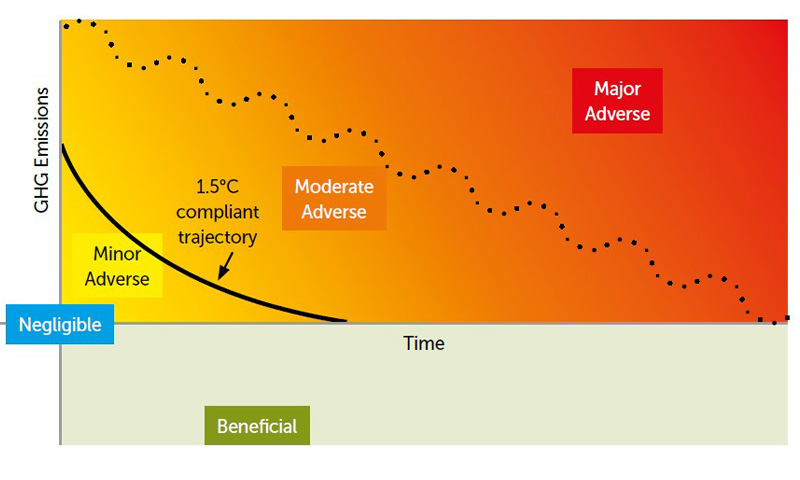News
Turley supports new IEMA Greenhouse Gas guidance
Our Sustainability team has supported the development of new IEMA guidance “Assessing Greenhouse Gas Emissions & Evaluating their Significance; 2nd Edition” as published last week.
Click here to find out more about the new guidance.
A lot has happened since the 1st Edition was published in 2017, with climate change moving much higher up the agenda of local and central government and public at large:
- the UK adopted its legally-binding net zero 2050 target and set the Sixth Carbon Budget at 965 million tonnes CO2 from 2033 to 2037;
- local authority climate emergency declarations have proliferated; and
- the importance of construction carbon continues to grow following the work of the UK Green Building Council and others.
Despite this progress the Committee on Climate Change has identified the need for much deeper emissions cuts across all sectors of the economy if we are to stay within 1.5°C degrees warming as advocated by the 2015 Paris Agreement.
This updated guidance includes several key changes, with mitigation taking a much more prominent role from the outset of the EIA process and throughout the project’s lifetime. This emphasis will help focus mitigation efforts where they add most value and at least cost, whilst also helping deliver proportionate EIA.
A more nuanced approach to significance is also set out whereby the relative contribution of a project towards a science-based 1.5°C aligned transition to net zero should be considered in addition to its net GHG emissions effect.

Finally, with the increasing availability of national, local authority and sectoral carbon budgets, development performance standards and decarbonisation policy goals provide a growing array of options and approaches to contextualise the GHG performance of a project from which its significance is derived.
Overall the new guidance should support enhanced robustness, greater consistency and better outcomes in relation to GHG emissions and EIA.
If you would like to discuss the new guidance please get in touch with James Blake.
2 March 2022